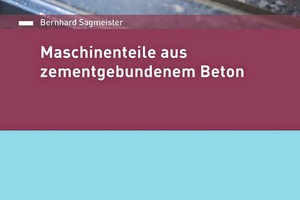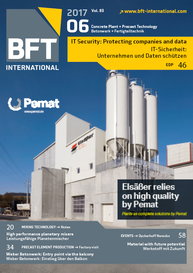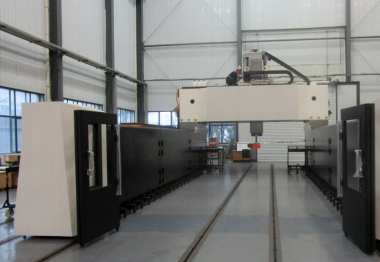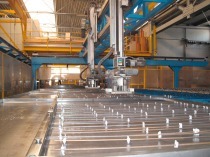Practical guide to machine components made of cement-bound concrete
Ultra-high-performance concrete (UHPC) has largely been unknown in mechanical engineering to date. However, this material provides a cost-efficient alternative to the widespread mineral casting method. A thorough understanding of UHPC and its properties is necessary to use it appropriately. The recently published practical guide entitled “Maschinenteile aus zementgebundenem Beton” [Machine Components made of Cement-Bound Concrete] provides helpful advice in this regard. Its main part deals with the material characteristics of Dyckerhoff Nanodur, a specially designed concrete grade. These...





